
Search

Search

Sodium_glutamate主图.jpg)
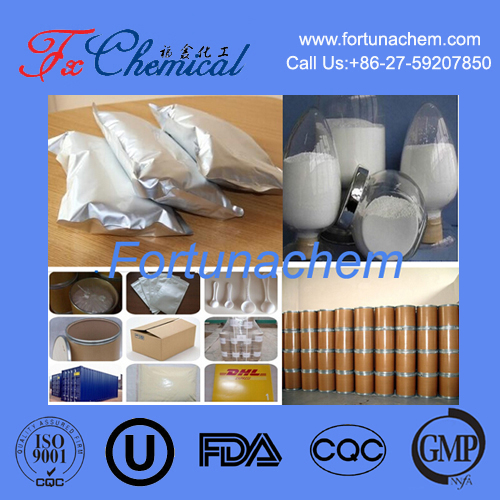
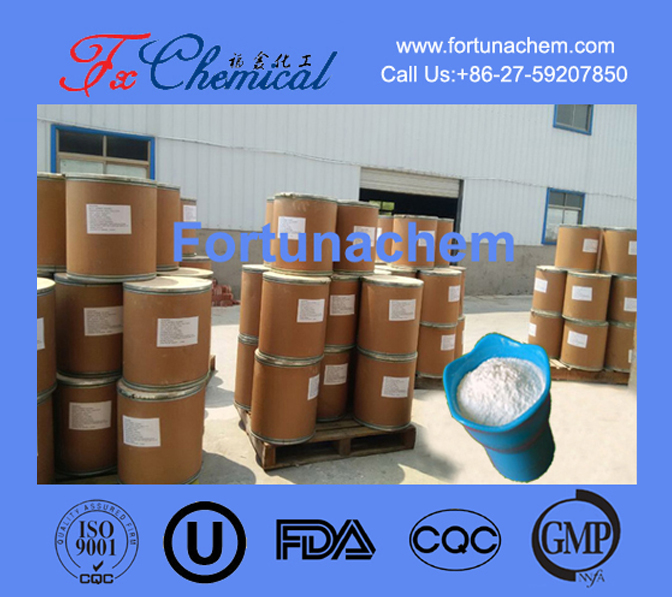
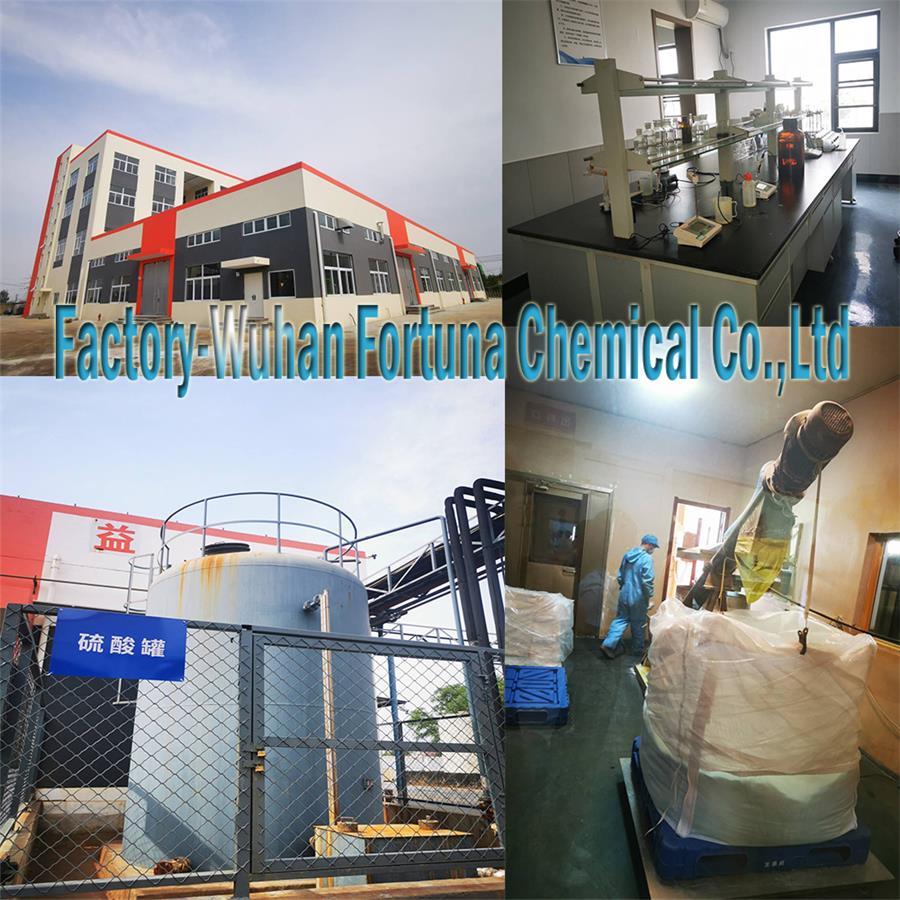
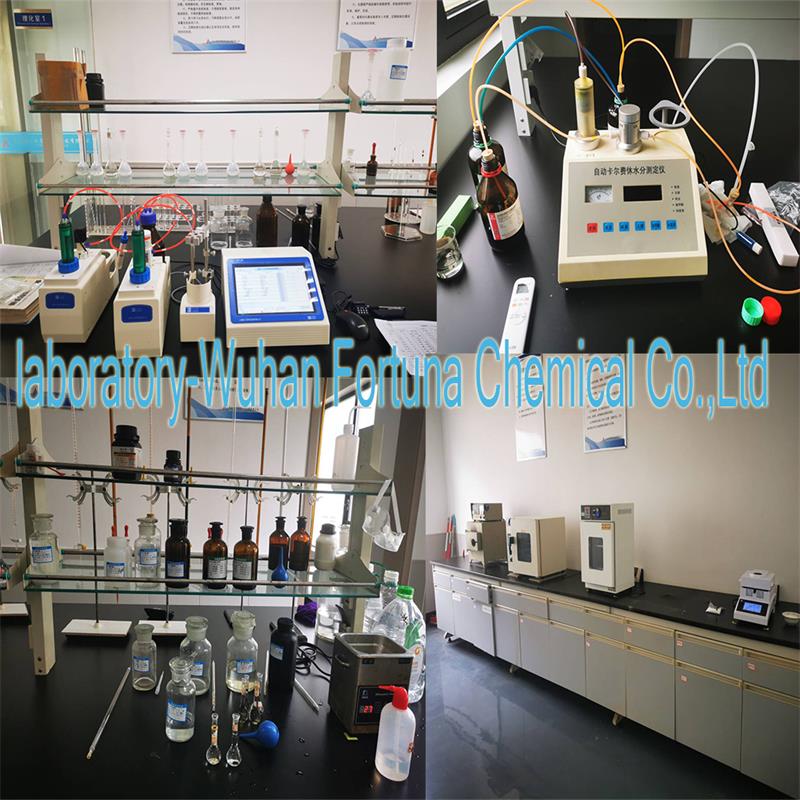
Sodium_glutamate主图.jpg)




Monosodium glutamate is an important umami agent that has an enhancing effect on the aroma. Monosodium glutamate is widely used in food flavoring, which can be used alone or in combination with other amino acids.
Although glutamic acid is not an essential amino acid, it has amino transfer with ketoacids in nitrogen metabolism and can synthesize other amino acids. Glutamic acid has the effect of reducing toxins in the blood. When liver function is impaired, the ammonia content in the blood increases, causing severe nitrogen metabolism disorders, leading to hepatic coma, while glutamate can work with ammonia to reduce the amount of ammonia in the blood. In addition, brain tissue can only oxidize glutamic acid, not other amino acids. When glucose supply is insufficient, glutamine acts as an energy source for brain tissue, so glutamate is necessary to improve and maintain brain function.
Items | Specifications | Results |
Appearance | Colorless to white crystalline granules or powder,soluble in water,no vislble impurities.Has a special flavor,no smell. | Conform |
Monosodium L-glutamate(Assay %) | ≥99.0% | 99.52% |
Transmitiance | ≥98% | 99.0% |
Specific rotation[α]D20 | +24.9~+25.3° | 25.02° |
Loss on Drying(%) | ≤0.5 | 0.09 |
Iron(Fe)(mg/kg) | ≤5 | <5 |
Sulfate(as SO42-)(%) | ≤0.05% | <0.05% |
Chloride(as CL-)(%) | ≤0.1% | <0.1% |
PH | 6.7~7.5 | 7.01 |
Conclusion | The above mentioned product conforms to GB/T8967. | |
| Product parameters | |
| Cas number: | 142-47-2 |
| Appearance: | White crystalline powder |
| Purity: | 99%min |
| Package details: | 25kg/bag |
| Brand: | Fortunachem |
L-(+)-Sodium Glutamate is the monosodium salt of the naturally occurring L-isomer of glutamic acid. Its chemical formula is C₅H₈NO₄Na, and it is one of the most common forms of the flavor enhancer known as MSG (Monosodium Glutamate).
Its structure consists of:
L-Glutamate Anion: The core is the glutamate molecule, which is the deprotonated, anionic form of glutamic acid. It features:
An α-amino group (-NH₃⁺), which is protonated and positively charged at neutral pH.
A backbone with a five-carbon chain.
Two carboxylate groups (-COO⁻): one at the alpha position (part of the amino acid backbone) and one at the end of the side chain (the gamma position). These are deprotonated and negatively charged.
Sodium Cation (Na⁺): The sodium ion acts as the counterion, balancing the net negative charge of the glutamate anion, resulting in an overall neutral salt.
This structure, with separated positive and negative charges, makes it a highly water-soluble zwitterion in its solid and dissolved states.
Chirality and Optical Activity: The "L-(+)" designation is crucial.
L- refers to the specific three-dimensional configuration around the alpha carbon, identical to the L-glutamic acid found in proteins. This is the biologically active form.
(+) indicates that it is dextrorotatory, meaning it rotates the plane of plane-polarized light to the right. This is a specific physical property of this enantiomer.
Flavor-Enhancing Mechanism (Umami): Chemically, L-glutamate is the key compound responsible for the "umami" taste sensation. It binds specifically and with high affinity to G-protein-coupled receptors (specifically, the T1R1/T1R3 receptor) on the human tongue. The specific spatial arrangement of the L-glutamate anion, with its two negatively charged carboxylate groups and the positively charged amino group positioned at a precise distance, is essential for activating this taste receptor. The D-enantiomer does not have this effect.
Acid-Base Behavior: As a salt of a weak acid (glutamic acid), its aqueous solution is slightly basic. It can participate in buffer systems and its ionic nature contributes to its high solubility in water but insolubility in non-polar organic solvents.
Flavor Enhancer: Its primary use is as MSG in the food industry to impart a savory, meaty umami taste to a wide variety of dishes and processed foods.
Biochemical Role: In metabolism, it is a key intermediate in the citric acid cycle and in amino acid transamination reactions.
Neurotransmitter: In the free acid form (glutamic acid), it is the major excitatory neurotransmitter in the mammalian central nervous system. However, the sodium salt form does not cross the blood-brain barrier in significant amounts when consumed in food.
In summary, L-(+)-Sodium Glutamate is the specific, naturally occurring salt form of glutamic acid, whose unique chemical structure and chirality are directly responsible for its potent umami taste and its widespread use as a flavor enhancer.
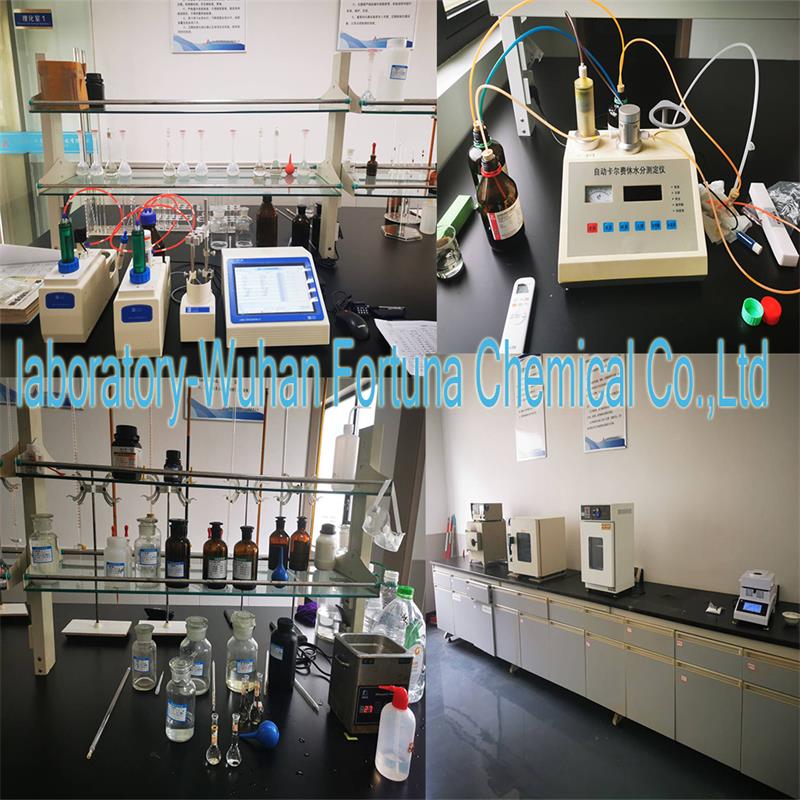
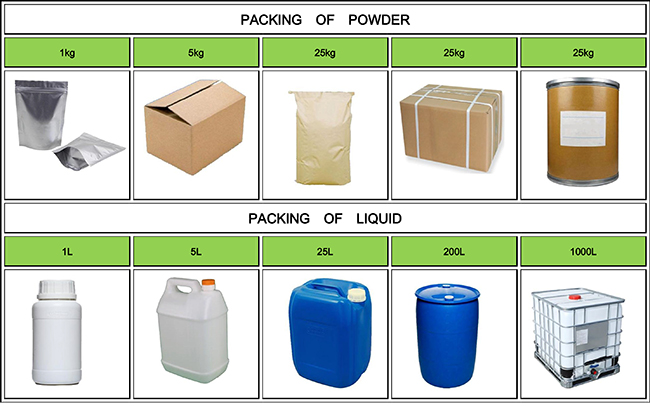
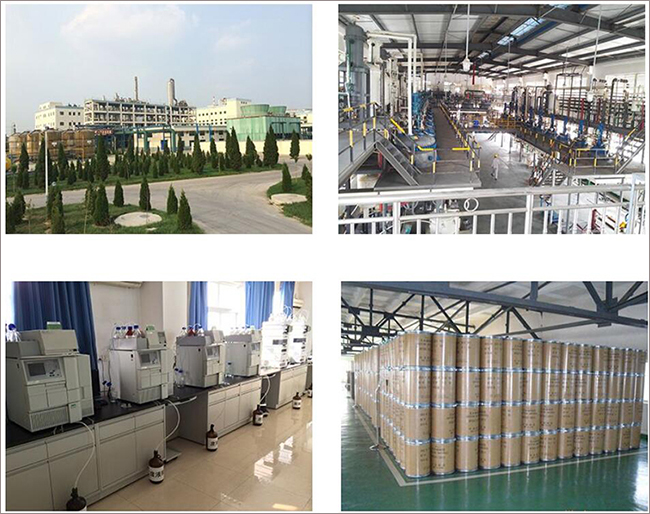
Used as a flavor enhancer.

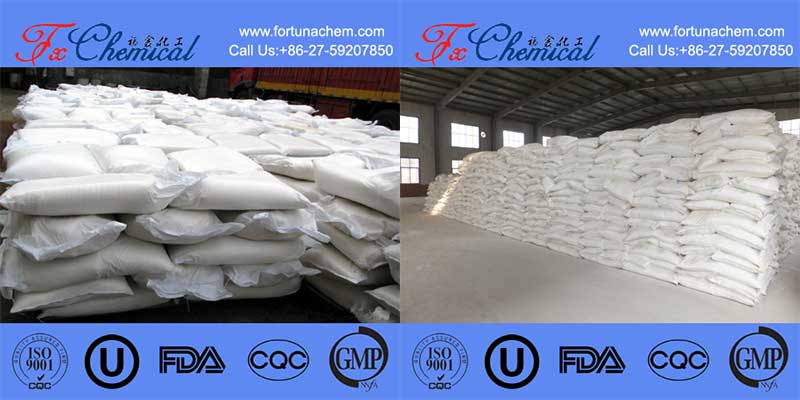

Fortunachem Provides Not Only Professional Chemical Products But Also Professional Help
Keeping you up-to-date with all the latest information, news, and events about Fortunachem!

Quick Links
Add:
E-mail:
 English
English  Español
Español  français
français  العربية
العربية 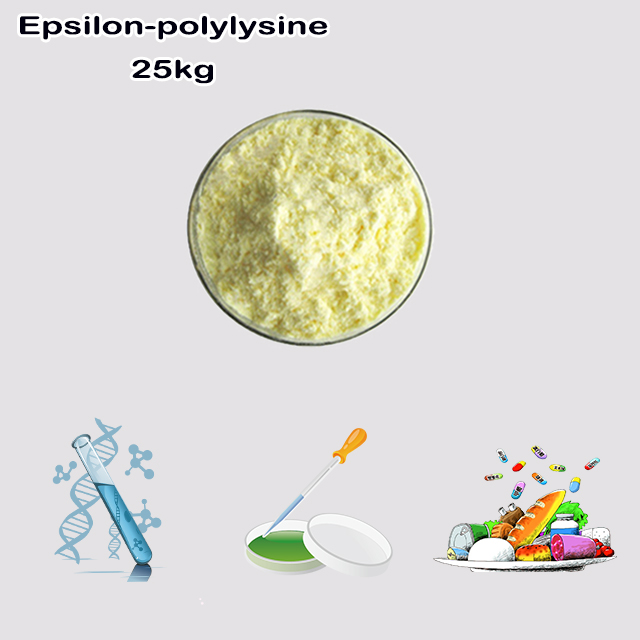


cyclohexanecarboxylate主图.jpg)



